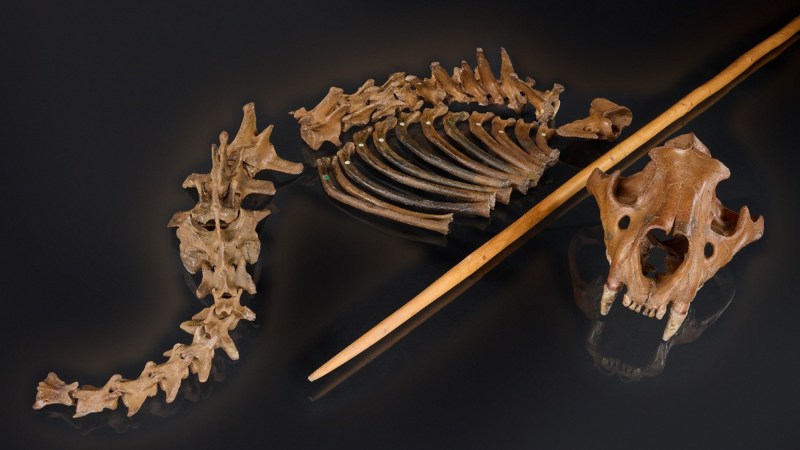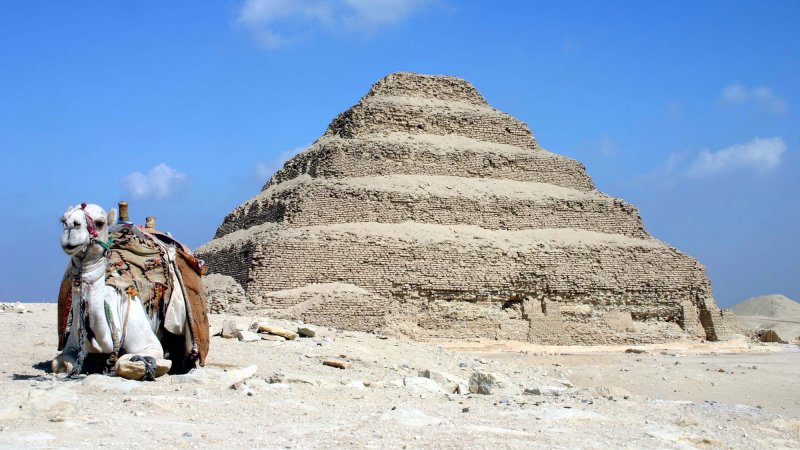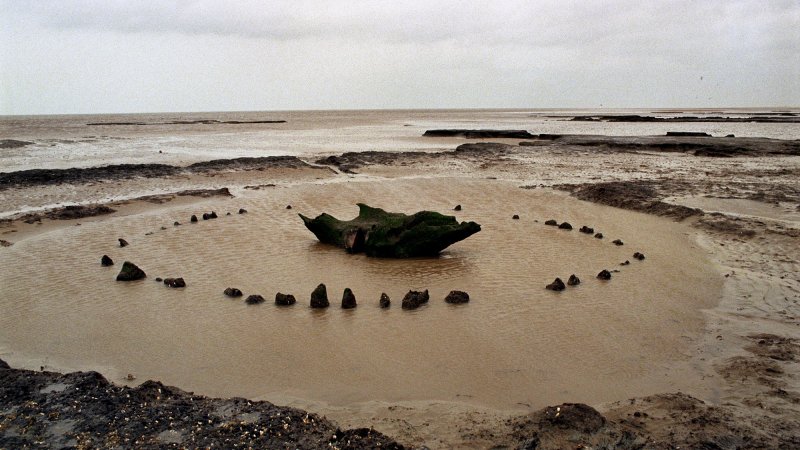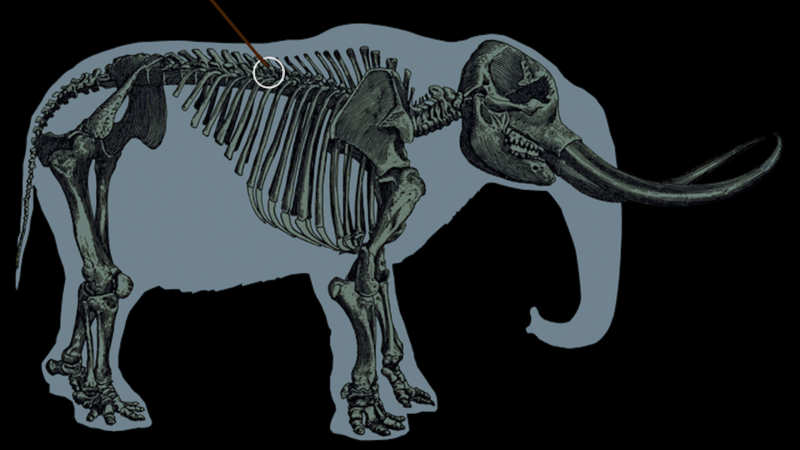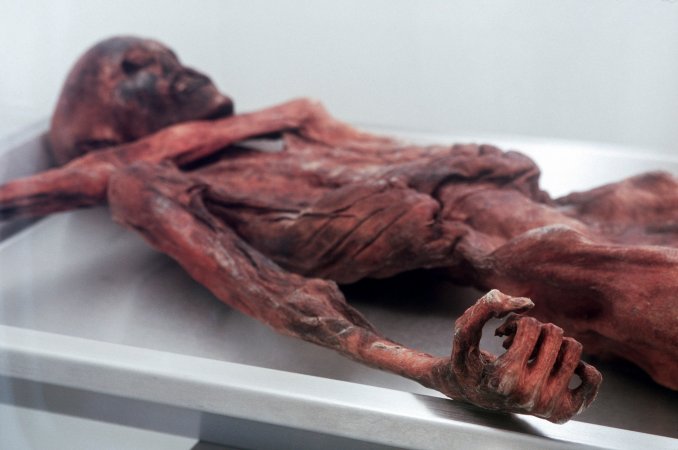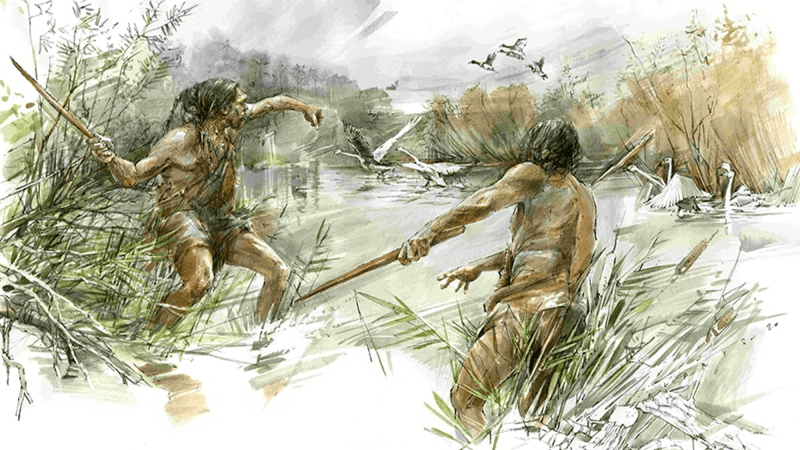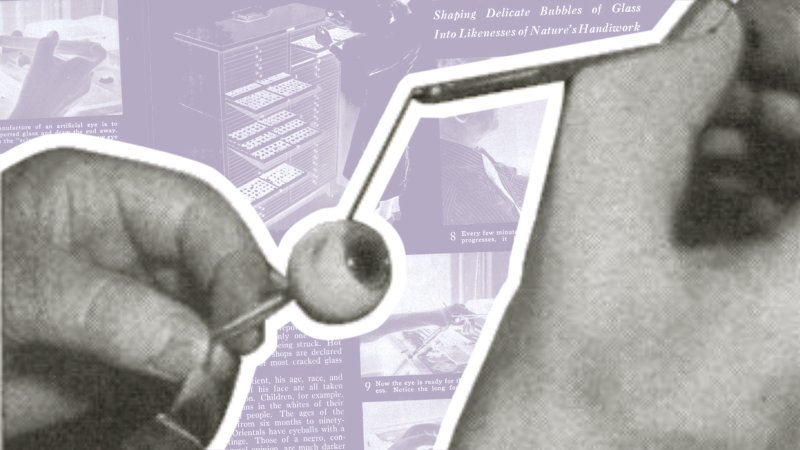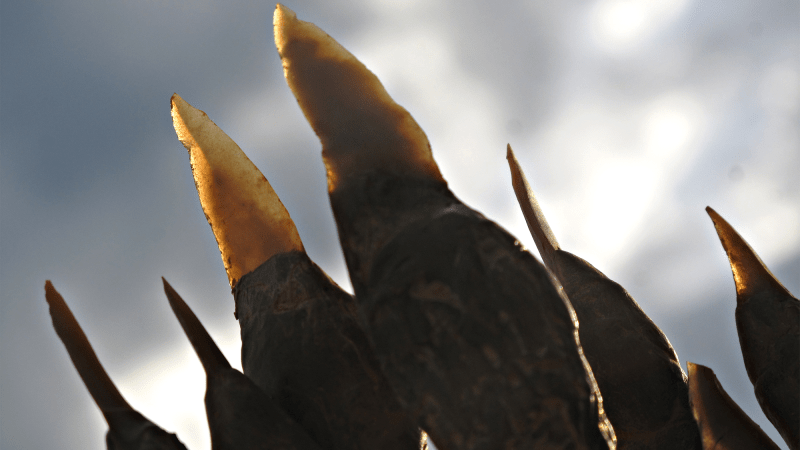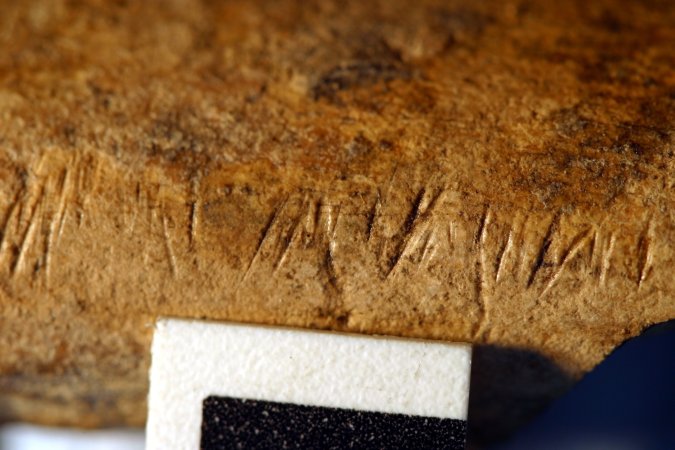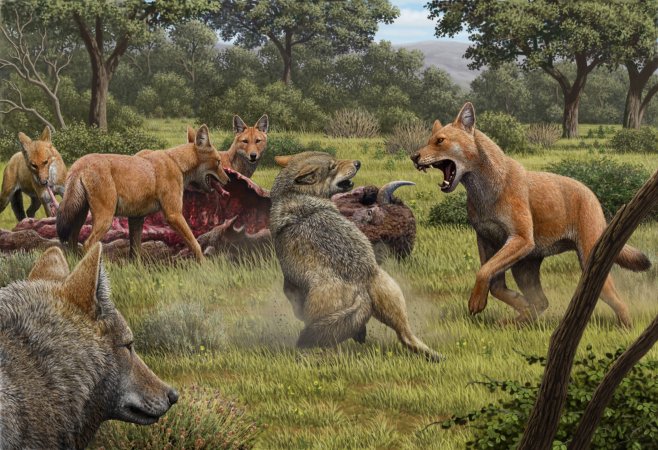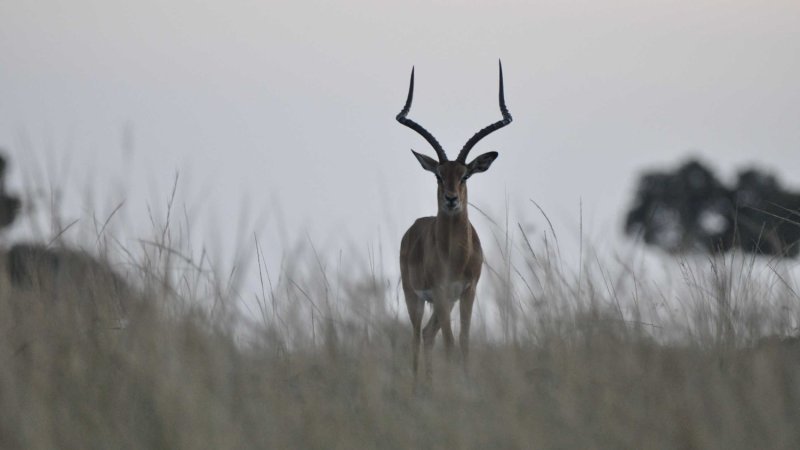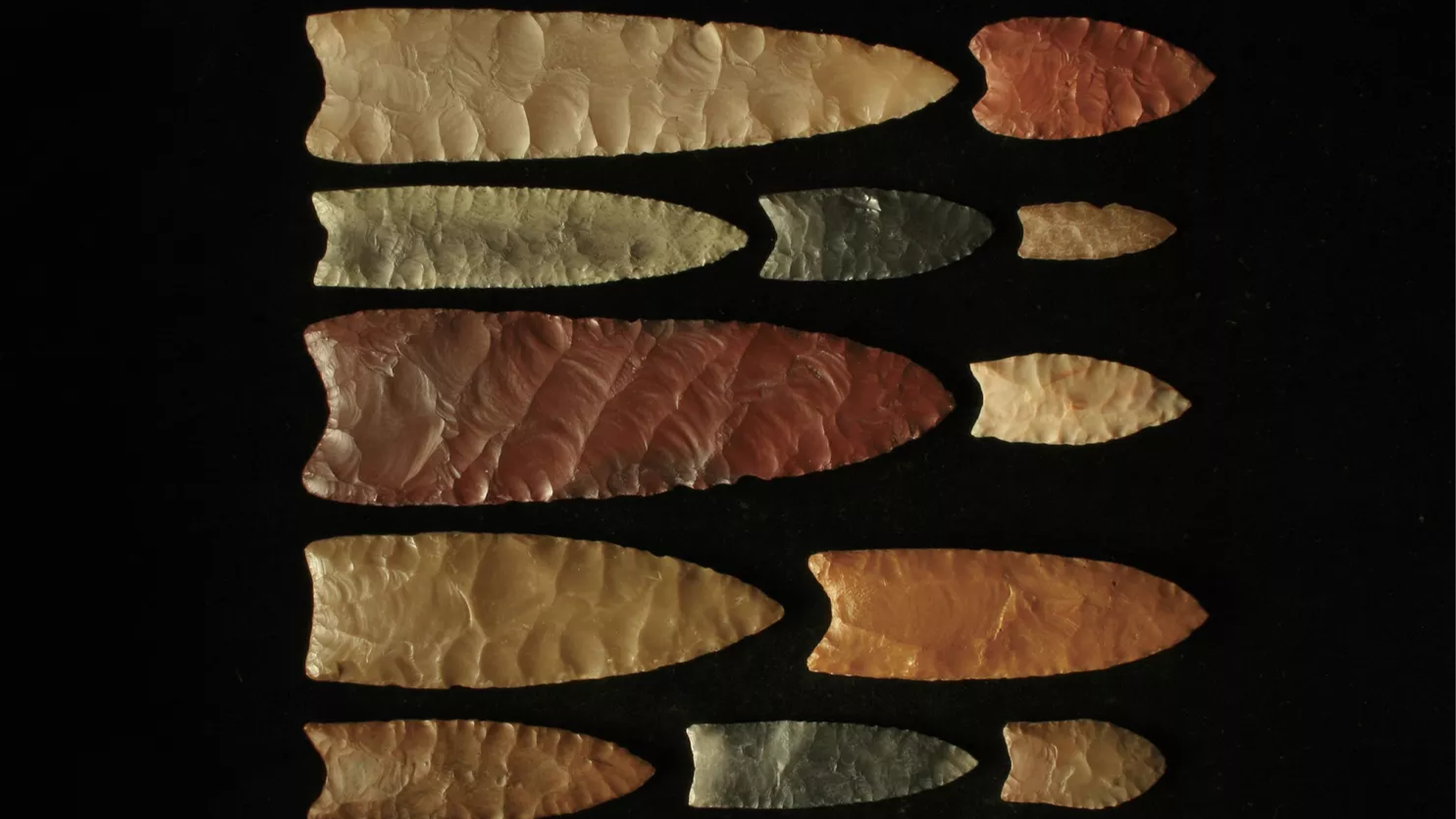

For early humans, hunting megafauna was part of survival. Archaeologists believe that Neanderthals may have hunted fierce cave lions and some early civilizations were likely keen wood workers that could make effective hunting tools. They also hunted enormous mammoths, but how early humans killed these roughly 13-feet-high, nine ton, tusked mammals 13,000 years ago is still a mystery. Previous theories included throwing spears with razor sharp rocks called Clovis points at the mammoths to pierce their thick hides, or surrounding the animals and jabbing them, or scavenging dead animals using Clovis points as tools. Now, a team of archeologists from the University of California, Berkeley believe that they may have hunted in a different way.
The Clovis people may have used a series of pikes tipped with these sharp points planted in the ground to impale a charging animal. The force of the running mammoth would have driven the spear deeper into the animal’s body than a spear thrown by a human, according to this new research. The new take-down theory is detailed in a study published August 21 in the journal PLOS ONE.

What are Clovis points?
Clovis points were first recovered almost 100 years ago near the remains of Columbian mammoths. The points were shaped by the Clovis people, who were a group of early North Americans that lived about 13,000 years ago. Traces of the Clovis people have been found throughout the continent, from Central America up to Canada.
Clovis points are some of the most commonly unearthed objects from the last Ice Age. Thousands have been uncovered over the past century, with some found embedded into mammoth skeletons. Clovis points are primarily made from rocks, including flint, jasper, and chert. Some of the points are as small as a human thumb while others are about the size of a smartphone. They also have a razor sharp edge with indentations on the sides of their base.
[Related: The oldest weapons in North America offer a new view of prehistoric tech.]
“The sophisticated Clovis technology that developed independently in North America is testimony to the ingenuity and skills that early Indigenous people employed in their cohabitation of the ancient landscape with now-extinct megafauna,” study co-author and Berkeley anthropology professor emeritus Kent Lightfoot said in a statement.
Scholars and content creators have reconstructed Clovis points, but these modern recreations don’t necessarily capture what it was like to use them in a real world scenario. This new historical review and experiment may help solve the puzzle of how communities in North America actually used them.

Simulating a pike system
In the new study, the team reviewed available historical evidence from around the world of people hunting with planted spears, as well as available historical artwork. They also conducted an experimental study of stone weapons focused on pike hunting techniques, to show how the spears react to the simulated force of an animal approaching it.
In the experiment, the team built a test platform that could measure the force a pointed spear could withstand before the shaft expanded and/or the point snapped. They used a braced replica of a Clovis spear and tested how different spears reached their breaking points.
When the tip pierced a chunk of flesh, it engineered a mounting system that lifted the spear upwards. The tip then worked like a modern day hollow-point bullet, that could inflict serious wounds on mastodons, bison, and saber-toothed cats.

“This ancient Native American design was an amazing innovation in hunting strategies,” study co-author and Berkley archaeologist Scott Byram said in a statement. “This distinctive Indigenous technology is providing a window into hunting and survival techniques used for millennia throughout much of the world.”
This test was based on some previous experiments that fired stone-tipped spears into clay and ballistics gel. To a nine ton mammoth, this probably would have felt like a tiny pinprick.
“The kind of energy that you can generate with the human arm is nothing like the kind of energy generated by a charging animal. It’s an order of magnitude different,” study co-author and anthropologist Jun Sunseri said in a statement. “These spears were engineered to do what they’re doing to protect the user.”
Sticks, stones, and bones
Some of the difficulty in determining how this ancient weaponry worked is because Clovis points are often the only recovered part of a spear. An intricately designed bone shaft towards the end of the weapons are sometimes found, but often the wood at the base of the spear and pine pitch and latching used to attach the point to the spear and make it all work together are generally lost over time.
It can also be difficult to analyze since sometimes research is more splintered. According to Sunseri, if a stone specialist is not an expert in ancient bones, they may have trouble seeing the full picture of how the tools were used.
[Related: Early humans butchered enormous armadillos.]
“You have to look beyond the simple artifact,” said Sunseri. “One of the things that’s key here is that we’re looking at this as an engineered system that requires multiple kinds of sub-specialties within our field and other fields.”
Making strong, resilient, and effective tools was likely a major priority 13,000 years ago. There also were a limited number of suitable rocks to work with and they could go hundreds of miles without seeing the right kind of straight poles to use for a spear. Early humans likely wouldn’t want to risk throwing or destroying their tools without there being a solid chance that they would make contact with an animal.
“People who are doing metal military artifact analysis know all about it because it was used for stopping horses in warfare,” Byram said. “But prior to that, and in other contexts with boar hunting or bear hunting, it wasn’t very well known. It’s a theme that comes back in literature quite a bit. But for whatever reason, it hasn’t been talked about too much in anthropology.”
[Related: Woolly mammoth ‘jerky’ preserves 52,000-year-old fossil chromosomes.]
In subsequent research, the team plans to further test its theory by building something similar to a replica mammoth. Using a type of pendulum or a slide, they hope to better simulate what an attack might have looked like when a Clovis-tipped pike hit a massive moving mammal.
“Sometimes in archaeology, the pieces just start fitting together like they seem to now with Clovis technology, and this puts pike hunting front and center with extinct megafauna,” Byram said. “It opens up a whole new way of looking at how people lived among these incredible animals during much of human history.”

